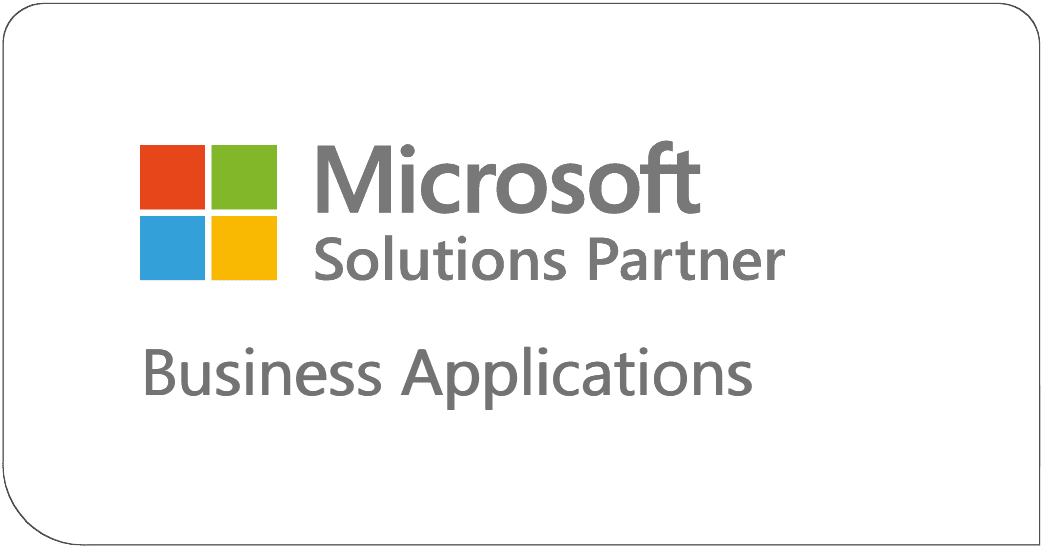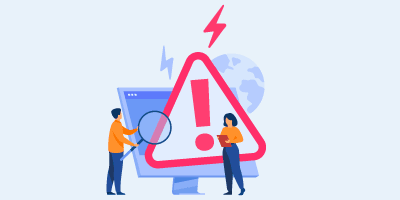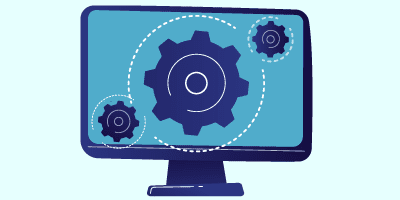With Dynamics GP end-of-life approaching, many users are considering a move to Dynamics 365 Business Central. So, we recently hosted a webinar on ‘Migrating from Dynamics GP to Dynamics 365 Business Central: Your Roadmap to a Smooth Transition’ where our Director of Software Solutions and Microsoft MVP, David Laster, offered a deep comparison of Dynamics GP vs. Business Central. He walked through key visual and technical differences between Dynamics GP and Business Central, with a focus on features that GP users rely on every day.
From the advanced reporting tools in Business Central to its seamless interoperability with Microsoft 365, David explored how Business Central builds on Dynamics GP – while also offering exciting new capabilities. David concluded the session with some practical insights and tips on preparing for a smooth Dynamics GP migration.
In case you missed the webinar, here are 5 key takeaways to get the wheels turning on your Dynamics GP migration. Keep reading to learn more or watch the video for David’s full demo.
5 expert insights on Dynamics GP to Business Central migration
GP compliance risks highlight need for migration
After support for Dynamics GP ends in December 2029, Microsoft will no longer release year-end updates with tax, security, and regulatory changes. This means your system will not reflect updated tax rules and codes, reporting formats, and security patches. David emphasized to attendees that continuing to operate on legacy GP systems can expose their businesses to compliance risks – especially if they use GP for payroll and need these year-end updates.
So, it’s a good thing that Microsoft has given GP users some time here to start considering how to get their business positioned to migrate to a supported product like Business Central. For a closer look at the compliance risks of staying on Dynamics GP after end of support, read our blog post here.
Smooth migration requires planning & an expert partner
“Implementing an ERP system is a complex project that does require a fair amount of skill and understanding to do and to get right…So, it is best to consider the partner that you’re going to do it with. It is not a project that you want to do twice, nor is it a project that you really want to go over budget on. Having a partner really understand what needs to move and get set up is going to be critical to taking your next steps beyond what you’ve collected and really putting it into motion,” David shared during the webinar.
David recommends starting the migration with a thorough system audit. He also suggests being mindful of what data you carry over from GP into Business Central and taking a close look at your chart of accounts and master records. Testing the system thoroughly is equally important, he noted:
“Let your team test, anything and everything inside of Business Central so that they get the comfort level of what it’s like to spend a day or week or a month of life in the new system.”
Finally, David noted that communication is essential for a smooth migration. Make sure your team understands the game plan and really gets a feel for the platform’s functionality. This will help with change management and build excitement around the new system to enhance user adoption.
Business Central has seamless interoperability with Microsoft 365
During the webinar, David noted that one of his favorite things about Business Central is the platform interoperability with Microsoft 365. In the accounting world, many ERP end-users use Microsoft 365 products like Word, Excel, Outlook, and SharePoint daily. These tools are built into Business Central’s workflow. So, it’s not as clunky as it was in GP when a user is trying to send emails and export to excel – it’s a lot more fluid.
For instance, interoperability with Excel allows you to open and edit customer data directly in Excel and publish back in Business Central. Similarly, Business Central integrates with Outlook to surface customer and vendor information right inside your inbox. This lets you create sales orders, purchase invoices, or opportunities directly from Outlook.
Copilot & Power Platform integration supercharge reporting in Business Central
David shared that Business Central comes with Microsoft Copilot, built-in analytics, and out-of-box Power BI reporting. These powerful tools combined help supercharge analytics in Business Central. You can generate and summarize dynamic reports as well as quickly visualize data in 3D, saving time and consulting dollars.
Easily extend Business Central system functionality with APIs & AppSource
David noted that Business Central’s modern platform comes with powerful APIs that continue to evolve and make it a lot more seamless to integrate or connect with other systems. Plus, with Microsoft AppSource, you also get access to hundreds or even thousands of applications that are purpose-built for Business Central to expand the functionality of your ERP system.
are you considering a Dynamics GP to Business Central migration?
We are offering a migration assessment to help you understand where you stand today, what risks you’re facing, and what your options are for a smooth, secure transition to Dynamics 365 products like Business Central. Plus, we can help you take advantage of the Bridge to the Cloud 2 promotion before it expires. This will give you 40% off per user for up to 3 years when migrating to a Dynamics 365 product.
Contact us today to get started!

Related articles
Dynamics GP End of Support: Compliance Risks You’ll Face After 2029
Here, we go over the tax and security compliance risks of staying on Dynamics GP post the December 2029 end-of-support deadline.
Introducing Dynamics GP 18.7: Top 6 New Features
Dynamics GP 18.7 has been released. Here is a look at GraVoc’s top 6 favorite new features of this latest update.
4 Benefits of Applicant Tracking System (ATS) & ERP Integration
In this blog post and video, GraVoc’s David Laster explores 4 benefits of ATS and ERP/accounting platform integration for staffing firms.




